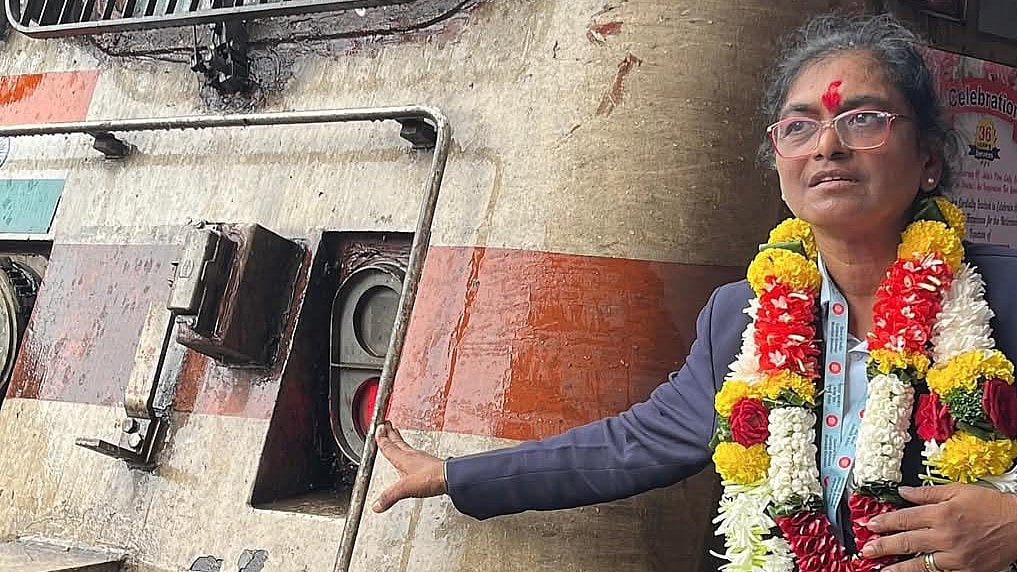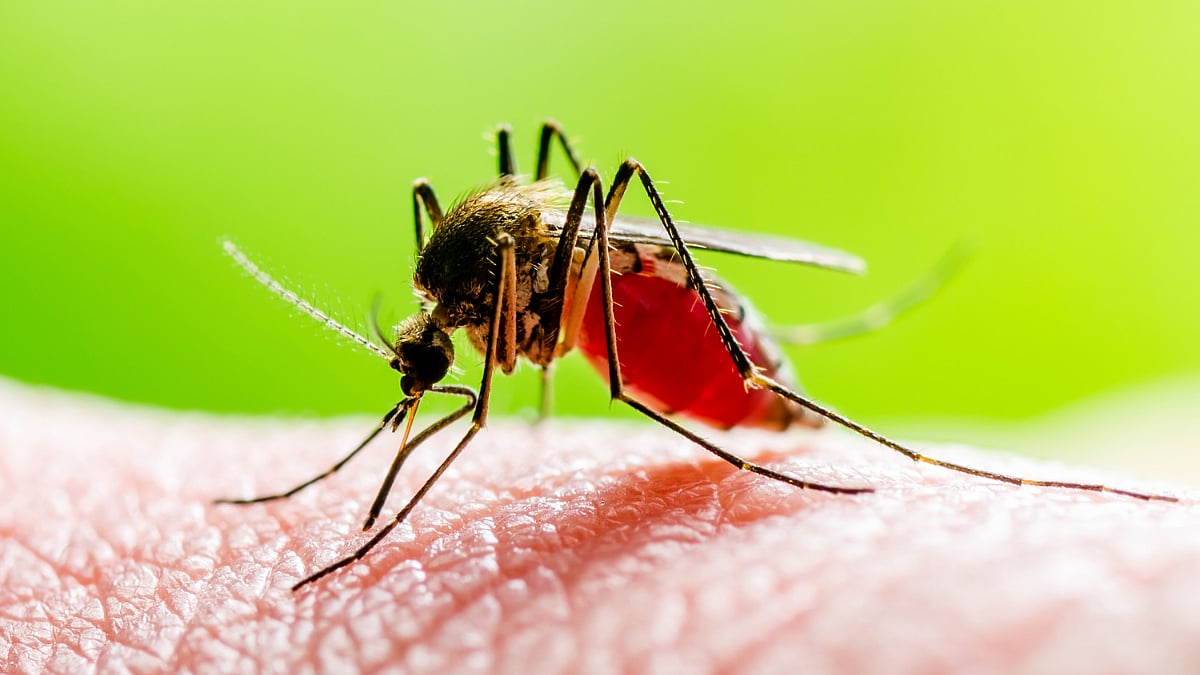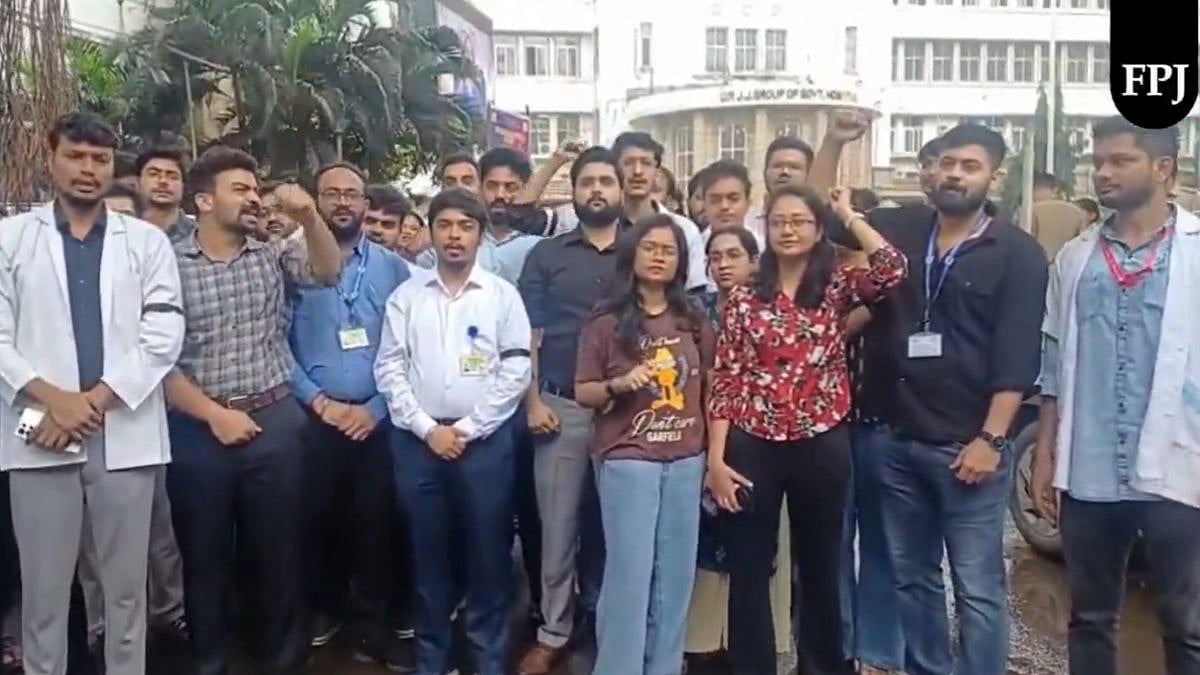Washington: New research has found that more than 46,000 cancer cases annually in the United States could be prevented if Americans met the five hours per week of moderate-intensity recommended physical activity guidelines. The findings of the study were published in the journal 'Medicine and Science in Sports and Exercise'.
The data has shown that three per cent of all cancer cases in adults in the US aged 30 years and older during 2013 to 2016 were attributable to physical inactivity and the proportion was higher in women (average annual attributable cases 32,089) compared to men (14,277).
For both men and women, states with the highest proportion of cancers attributable to physical inactivity were in the South, such as Kentucky, West Virginia, Louisiana, Tennessee, and Mississippi, whereas the lowest proportions were found in the Mountain region and northern states, such as Utah, Montana, Wyoming, Washington, and Wisconsin.
Led by Adair Minihan, MPH at the American Cancer Society, this is the first study to estimate the number of cancer cases attributable to physical inactivity based on cancer sites (breast, endometrial, colon, stomach, kidney, oesophagal adenocarcinoma, and urinary bladder) by state.
Data show when focusing on specific cancer sites, 16.9 per cent of stomach cancers, 11.9 per cent of endometrial cancers, 11.0 per cent of kidney cancers, 9.3 per cent of colon cancers, 8.1 per cent of oesophagal cancers, 6.5 per cent of female breast cancers, and 3.9 per cent of urinary bladder cancers were associated with lack of exercise. By state, the proportion of cancer cases attributable to physical inactivity ranged from 2.3 per cent in Utah to 3.7 per cent in Kentucky.
While this data has shown the importance of physical activity, there are many barriers to recreational physical activity, which include, but are not limited to, lack of time due to long working hours in low-wage jobs, the cost of gym memberships or personal equipment, lack of access to a safe environment in which to be active, and potential childcare costs involved with recreational physical activity.
Unfortunately, these barriers are more likely to affect historically marginalised populations, including the Black population and individuals with a limited income, underscoring the importance of enhancing health equity.
"These findings underscore the need to encourage physical activity as a means of cancer prevention and implement individual- and community-level interventions that address the various behavioural and socioeconomic barriers to recreational physical activity. Understanding and reducing the behavioural and socioeconomic barriers to physical activity is essential for optimising intervention strategies targeting at-risk groups across the country," wrote the authors.













